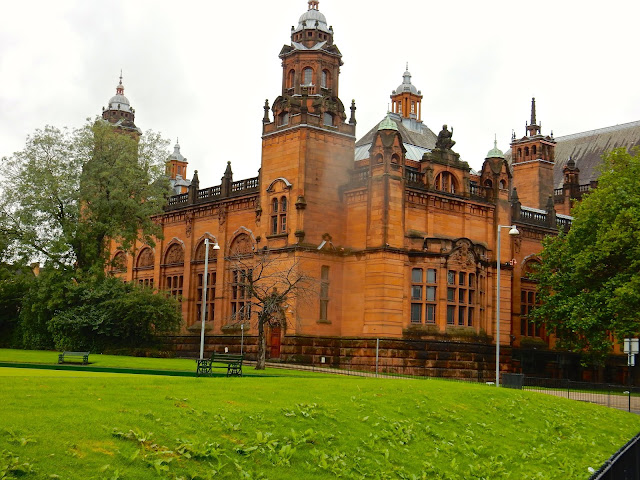for a day around the peninsula.
The sky is tall as over a runway,
The land without marks, so you will not arrive."
Seamus Heaney from The Peninsula
If it was only the land and sea, Ireland would provide this globe with a bounty of lyrical word and prose and a beauty beyond beauty. But the soul of those words and the guardians of the beauty are a people, unique perhaps, but certainly abundant of wit, spirit, explorers of the heart and resolutely independent.
It was our good fortune to see the Irish Republic with Irish friends, Kay, Willie, Kay and Jack.
An almost constant companion was beauty and personality.
The presence of history and scenic nature are powerful, but this is a nation of a great people, sociable people.
Wit is a near constant companion. Consider the scene below...
Glendalough in County Wicklow is a beautiful setting and the location of an ancient abbey, the home of a venerated Saint, Kevin.
Kevin was a pious man and lived as a hermit, shunning social contact, especially women.
While he is a canonized Saint and held with regard, there is a popular cultural remembrance of him as well. It is a tale about drowning a woman who tempted him.
In a Song by the Dubliners are the lines
"One evening he landed a trout, sir
He landed a big trout.
When young Kathleen from over the way
Came to see what the old monk was about...
fol di do fol di do day
"Well get out o me way, said the Saint
For I am a man of great piety
and me good manners I wouldn't taint
not be mixing with female society."
fol di do fol di do day
Oh but Kitty she wouldn't give in
And when he got home to his rockery
He found she was seated therein
A-polishin' up his old crockery
fol di do fol di do day
Well he gave the poor creature a shake
And I wish that the Garda had caught him!
For he threw her right into the lake
And, be Jaysus, she sank to the bottom
A closer look at Ireland is onboard in coming posts.
There is an Irish castle in the charming County Meath village of Trim, and chances are you have seen it, on the big screen, but not "where" you might expect.
We'll see how the land of writers celebrates the word and the wordsmiths.
There is an Irish social current I wish US citizens could take upon themselves. I can only assume it is born of a desire for Independence, not unlike that of our ancestors 245 years ago.
Ireland declared their independence from the United Kingdom in 1919, following the Easter Uprising of 1916. There was struggle and bloodshed. Today the Republic is a place of pride and the history is close of mind. And in the North, there are still troubles.
"And drive back home, still with nothing to say
Except that now you will uncode all landscapes
By this: things founded clean on their own shapes,
Water and ground in their extremity."
Seamus Heaney
Come along for an Irish journey.
See you down the trail.









































































